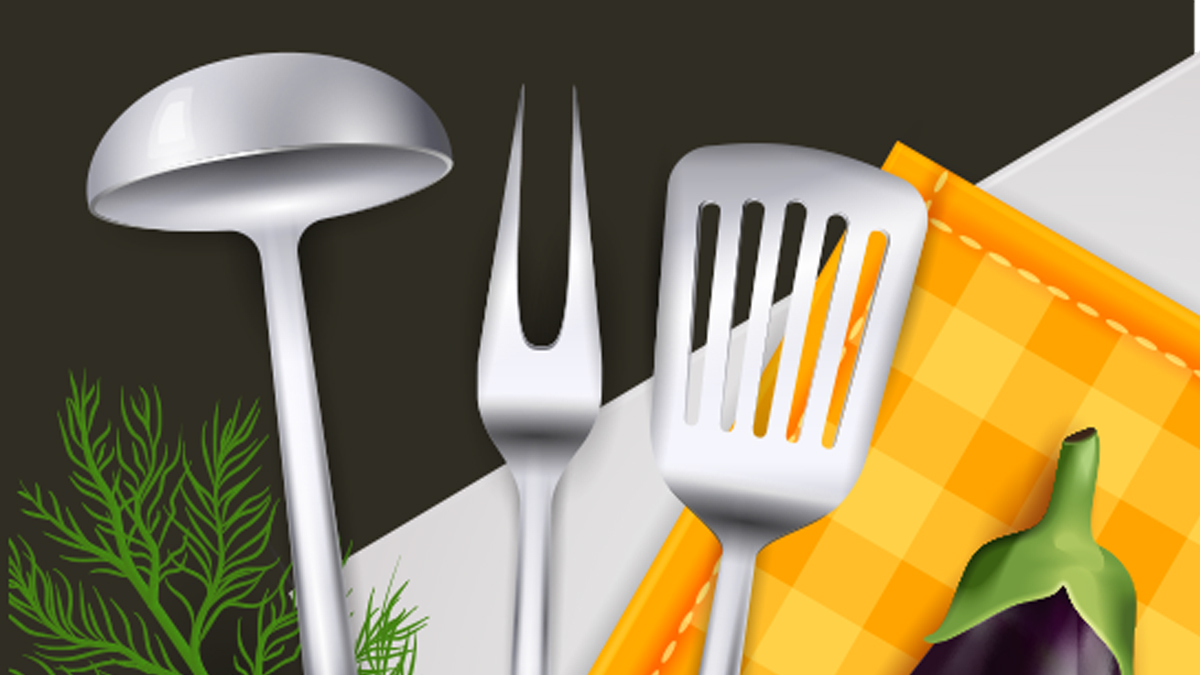If you’re looking for ways to introduce CBD to your diet – or your cocktail hour, for that matter – it’s easy to do a web search and come up with plenty of interesting ideas. But, before unlimbering the keyboard to let your fingers do the searching, it’s a good idea to understand what you are doing and why.
First, bear in mind that while anecdotal evidence exists of the efficacy of CBDs in helping with a host of the ills that plague frail human nature, the scientific community has yet to identify and endorse any of these claims.
Be that as it may, if all you’ve heard about this “miracle” ingredient has convinced you to give CBD a try, here’s how to do it.
For insights into the chemistry of CBD, HealthLinks spoke to Louis Miles, founder and CEO of Clarity Nutraceuticals, a supplement manufacturer behind the CBD Carolinas brand that is about to launch a product line extension.
Miles’ first tip is to avoid any product billing itself as “full spectrum” CBD. While full spectrum might sound as if you’re getting every possible beneficial component of CBD, it actually means it contains unwanted plant byproducts such as chlorophyll and waxes as well as potential toxins leached out of the earth in which it is grown. And, it tastes terrible.
He recommended starting off with pure CBD isolate powder for fat-soluble ingredients or water-soluble CBD powder for dry powder or liquid ingredients that are primarily water-based. Both are easy to weigh out and tasteless. Water soluble means it can be added to just about any dish. Generally, the pure CBD is mixed with other ingredients that might include maltodextrin and gum Arabic, an emulsifier.
Keep in mind that there are two forms of CBD suitable for adding to food – isolate, which is pure CBD, and distillate, which doesn’t get you high but can contain enough traces of THC to trigger a positive result on a drug test.
Miles himself enjoys a CBD kicker in his glass of wine or pre-dinner cocktail. Just mix in the amount of the powder you prefer and “bottom’s up.”
For cooking, he recommended using an isolate and dissolving it in butter, olive oil or any fat. Then it’s easily added to your meatloaf, mac ‘n’ cheese or chicken Parmesan. For preparing a steak, it’s best to dissolve the CBD in butter and brush it on evenly after taking the meat off the grill. If a healthful salad is your preference, adding CBD to your dressing works well, as long as the dressing contains oil.
“Just sprinkling it dry on a salad isn’t very efficient,” Miles said. “You’ll never know how much of the CBD you’ll be getting unless you eat the whole bowl by yourself.”
Joe Martin at Your CBD Store in Greenwood is also a fan of adding CBD to foods.
For casseroles, “some people prefer using the CBD oil,” he said. “But I have found that more people use the water-soluble powder. If you’re going to bake a dessert, for example, it will easily mix right into your batter.”
Martin has personal experience with people using his company’s SunMed CBD in sweets.
“My mother cooks with it. One sister bakes cake with it. My other sister makes cookies with CBD. They tell me that they notice the health benefits when they eat their CBD preparations. They start feeling better right away,” he related.
He noted that even the humble hamburger is better with added CBD: “Just dissolve it in oil and brush it right on.”
He said that customers at his Upstate store of the 400+ national chain have really taken to CBD, whether by oral dosage, topical spray or in their home-cooked meals.
“And for making a refreshing beverage on a steamy South Carolina day, all our stores offer powders in flavors including grape, pina colada and strawberry lemonade. Just add CBD to your ice-cold H20.”
When you know how to do it right, mixed with your favorite foods and beverages, CBD is really A-OK.
By Bill Farley
